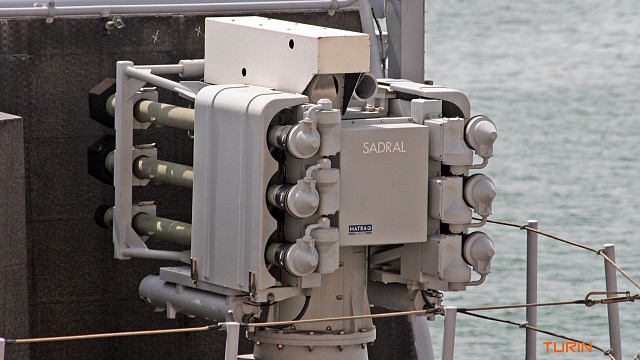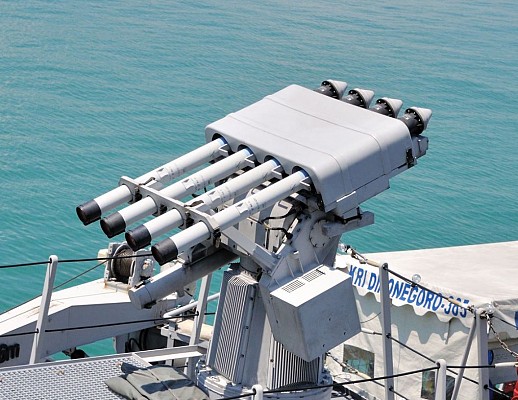Mistral
Overview
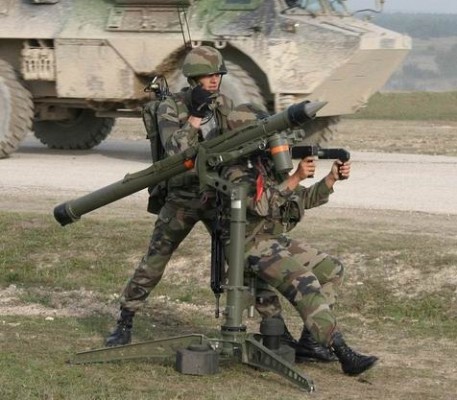
Mistral
SATCP tripod mounted Mistral launcher for infantry use.
Source: French army -
© Copyright lies with original owner
1997 for M2
2014 for M3
French for "portable anti-aircraft missile"
SATCP / Sol-Air À Très Courte Portée
French for "very short range surface to air"
Description
Introduction
The Mistral is a late Cold War era man portable SAM system of French origin. The name "Mistral" refers to a well known flow of wind in France and doubles as an abbreviation for "portable anti-aircraft missile".
Design
Like most man portable SAM systems the Mistral missile is based around an infrared seeker. The all aspect infrared seeker is located in the nose and is followed by the warhead, guidance section and main rocket motor. A small booster generates initial velocity and clears the missile from the launcher before ignition of the main rocket motor. Over time the Mistral has seen two major updates. Both increased the range and the last update also introduces a more capable imaging infrared seeker.
Firepower
The early generations of Mistral can engage aircraft and helicopters out to a maximum range of 5 to 6 km. An altitude of 3 km can be reached at much reduced range. The latest generation increases the maximum range to 7 km and maximum altitude to 4 km. All generations feature and all aspect infrared seeker. The latest generation has an improved imaging infrared seeker which it better at detecting targets with reduced heat emission and discriminating flares. The warhead creates a large number of tungsten fragments and is fitted with both laser proximity fuse and impact fuse.
Mobility
Unlike other man portable SAM systems there is no gripstock launcher. The smallest type of launcher is the SATCP pedestal launcher that holds a single missile and has a seat for the operator. This setup reduces crew fatigue at the cost of portability by infantry.
Launch platforms
The Mistral is used by a wide array of launcher types. The SATCP pedestal launcher can be used on the ground and can be mounted onto vehicles. Dedicated vehicle launchers like ALBI, ATLAS and ASPIC increase the number of missiles ready to fire and improve the level of automation. A two missile launch unit can be carried by various types of helicopter, including Gazelle and Tiger. Various types of manned and remote operated naval launch systems are fitted from patrol boats to frigates to aircraft carrier.
Users
The Mistral has been adopted in large numbers by France and has been exported to many nations. The Mistral is predominantly used on light vehicles in conjunction with lightweight early warning radars. Many French and foreign vessels feature the Mistral missile as a point defense weapon system.
Variants
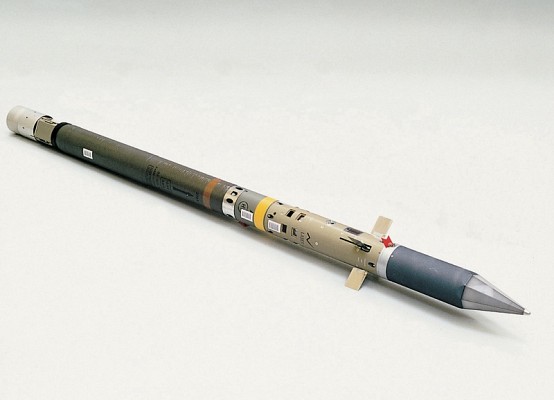
Mistral missile
Mistral missile seen outside the launch container. Note the distinctive angular nosecone that covers the homing head.
Source: Unknown author -
© Copyright lies with original owner
The Mistral missile has seen three major updates since the introduction in 1988. These upgrades have increased the range, and for the latest update also the seeker quality. In their launch tubes these missiles look practically identical and variants cannot be identified from photographs unless detailed markings are clearly visible.
Details
Launch platforms
Note: incomplete list

SATCP
Launcher for infantry use. Consisted of a pedestal mounted launcher on a tripod. Fitted with a seat for the operator.
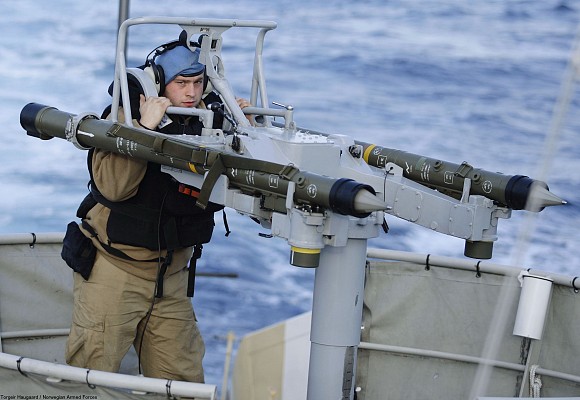
Simbad
Simple naval launcher that provides point defense for a ship. Manually operated pedestal mounted launcher with two missiles ready to fire.
